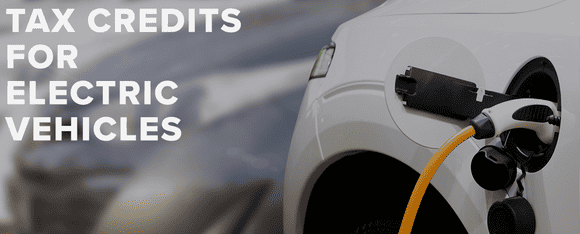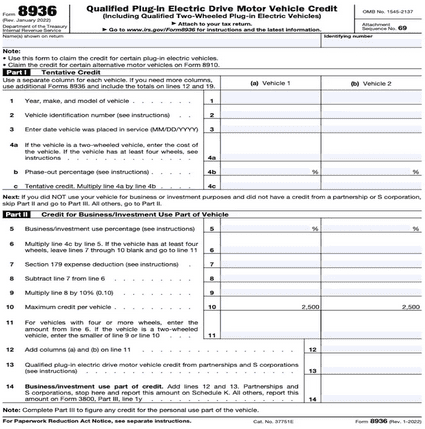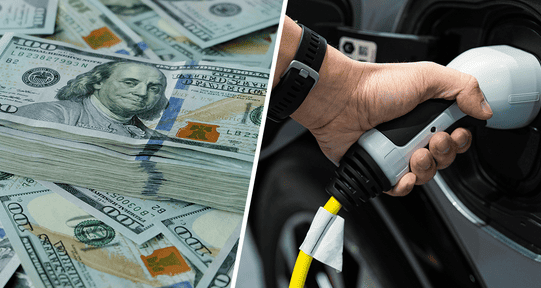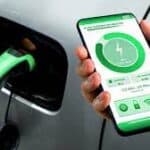
As we all know, the electric vehicle tax credit is an incentive provided by the U.S. government to electric vehicle owners. All the electric vehicles have zero emissions and they contribute zero % in pollution and greenhouse gases. By providing the incentive, the government aims to lower the high cost of fully electric vehicles and promote people to buy EVs and also help improve the environment.
One must also note that leasing an electric car would not let you earn this credit, you must purchase it.
There are few other aspects of electric vehicle tax credit one must know:
- Electric vehicle tax credits are for only owners.
- Electric vehicle tax credit is not for someone who is buying an EV to resell it.
- To get qualified, the electric car must be prominently used in U.S.
- At least 4KWh of energy must be stored by EVs battery.
- The Internal Revenue Service (IRS) has sole right and can deny the electric vehicle tax credit claim.
- You can not refund this credit, you can only lower your tax bill to zero.
1. How does the electric vehicle tax credit work?
If you buy a new electric car then you can receive an electric vehicle tax credit between $2500 and $7500. Specific amount of the federal tax credit is determined by size of the car, ownership, battery capacity and other factors. Let me also tell you that the electric vehicle tax credit expires once more than 200,000 electric cars have been sold by the manufacturers.
As mentioned you can not refund the electric tax credit because the federal tax credit is non-refundable. Let us understand this by an example: if your are eligible for the tax credit of $7500 on you new purchase of electric car but you owe $4000 in taxes, you can claim $4000 of the credit which means you would not pay the tax amount of $4000 from your pocket instead the federal tax credit will balance it.
The amount of federal tax credit varies for used cars; the vehicle must be of two years old and it can avail tax credit of either up to $4000 or 30% of the EVs price, whichever is less. The credit for used cars are only applicable on first transfer.
As per the IRA, Federal tax credit applies to any zero emission vehicle. Like hydrogen fuel cell cars or plug-in hybrid vehicles also qualify for this credit.
2. What is the income limit for electric vehicle tax credit?
- If you are unmarried and your gross income is over $150,000, you are not eligible for the EV credit tax
- For a married couple who are filing jointly for the EV tax credit their gross income should not be more than $300,000.
- Being a head of the household your gross income should be $225,000.
3. How many times can one claim electric vehicle tax credit?
For every qualifying vehicle the number of claims is one. It can only be claimed in the year the purchase is made the best time is at the time of purchase. Let me also make one thing clear that if you are purchasing two qualified EVs in the same year then in that case you can claim the EV tax credit for your other EV. This credit is not once in a lifetime.
4. How to claim the electric vehicle tax credit?

IRS offers tax credit to manufacturers and owners of plug-in electric vehicles, two-wheeled EVs and other zero emission vehicles. A taxpayer whose EV qualifies to get the tax credit must file Form 8936 with their income tax proof.
To claim an EV tax credit, you may claim this credit on your federal income tax return by filing the IRS Form 8936.
This is an appreciable step taken by the U.S. government which is promoting green mobility. The more of the EVs on the road the less dependency on the petroleum.



































My annual federal tax is so low it would only make sense if I could spread my tax credit out over several years. Doesn’t the tax credit really favor the upper middle class of wage earners?